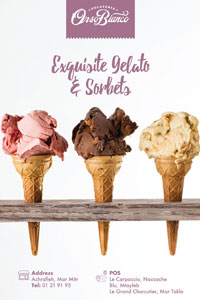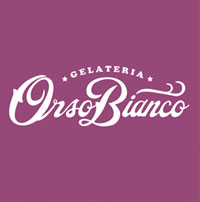DANGER OF FOOD ADDITIVES
DYES
Artificial food dyes are petroleum-derived substances.
Dyes & Hyperactivity
Studies concluded that a mixture of colorings and the preservative sodium benzoate (211) has been associated with behavioral changes including hyperactivity, hypersensitivity, irritability, and other behavioral effects in children.
The colours studied were tartrazine (102) known as Yellow (5), Quinoline Yellow (104), Sunset Yellow Fcf (110), Carmoisine (122), Ponceau 4r (124) and Allura Red Ac (129).
Dyes & Cancer
Blue #1 (Brilliant Blue) and Blue #2 (Indigo Carmine) (E133)
Are banned in Norway, Finland, and France.
May cause chromosomal damage, brain tumors and kidney tumors
Found in candy, cereal, soft drinks, sports drinks and pet foods.
Citrus Red #2
Causes tumors of the urinary bladder and possibly other organs.
Red # 3, Erythrosine,
Increases risk of thyroid tumors. It has been acknowledged for years by the Food and Drug Administration to be a carcinogen, yet is still in the food supply.
Red # 40 (Allura Red),
The most widely used dye, may accelerate the appearance of immune system tumors in mice and triggers hyperactivity in children.
Found in: Beverages, bakery goods, dessert powders, candies, cereals, foods, drugs, and cosmetics.
Green #3 (Fast Green)
Caused significant increases in bladder tumors in male rats.
Found in: Drugs, cosmetic products except in eye area, candies, beverages, ice cream and ingested drugs.
Dyes & Allergies
Red 40, Yellow 5 and 6 are among the most consumed dyes, and are the three most likely to cause allergy and asthma symptoms.

FOOD ADDITIVES TO AVOID
• Colors (100 range) that add or restore color to foods.
• Preservatives (200 range) that help protect against food deterioration caused by micro-organisms.
• Antioxidants (300 range) that slow or prevent the oxidative deterioration of foods, such as when fats and oils go rancid.
• Artificial sweeteners (900 range, and sorbitol, 420) impart a sweet taste for fewer kilojoules than sugar.
• Flavor enhancers (600 range) that improve flavour and aroma.
ARTIFICIAL SWEETENERS
• Aspartame, (E951), also known as Nutrasweet and Equal.
Side effects: Erodes intelligence, affects short-term memory, brain tumor, lymphoma, diabetes, multiple sclerosis, Parkinson's, Alzheimer's, fibromyalgia, chronic fatigue, emotional disorders like depression and anxiety attacks, mental confusion, migraines and seizures.
Found in: Foods labeled "diet" or "sugar-free".
• Acesulfame-K or Acesulfame-potassium,
200 times sweeter than sugar.
Side effects: causes cancer, affects the thyroid, linked to urinary tract and kidney tumors.
Drinking artificially sweetened soda during pregnancy may increase the risk of asthma and allergies in children.
Found in: Baked foods, diet sodas, diet coke, sugar-free gum, mouthwash and toothpaste, jello (and other gelatins), ice tea, and chewable vitamins.
High Fructose Corn Syrup,
Side effects: Increases LDL (bad cholesterol) levels, contributes to the development of diabetes and tissue damage.
Found in most processed foods, bread, candy, flavored yogurts, salad dressings, canned vegetables and cereals.
FLAVOUR ENHANCERS
• Monosodium Glutamate (MSG / E621)
Side effects: known as an excitotoxin, a substance which overexcites cells to the point of damage or death. Leads to depression, disorientation, eye damage, fatigue, headaches, and obesity.
MSG disengages the "I'm full" function which explains the effects of weight gain.
Found in Chinese food (Chinese Restaurant Syndrome) many snacks, soups, salad dressings, chips, frozen entrees, cookies, seasonings, frozen dinners and lunch meats
.

Sources: Healthline, Choice, Foodmatters, Livestrong, Mercola, Stylecraze
|